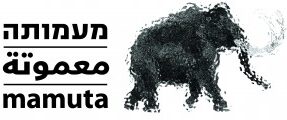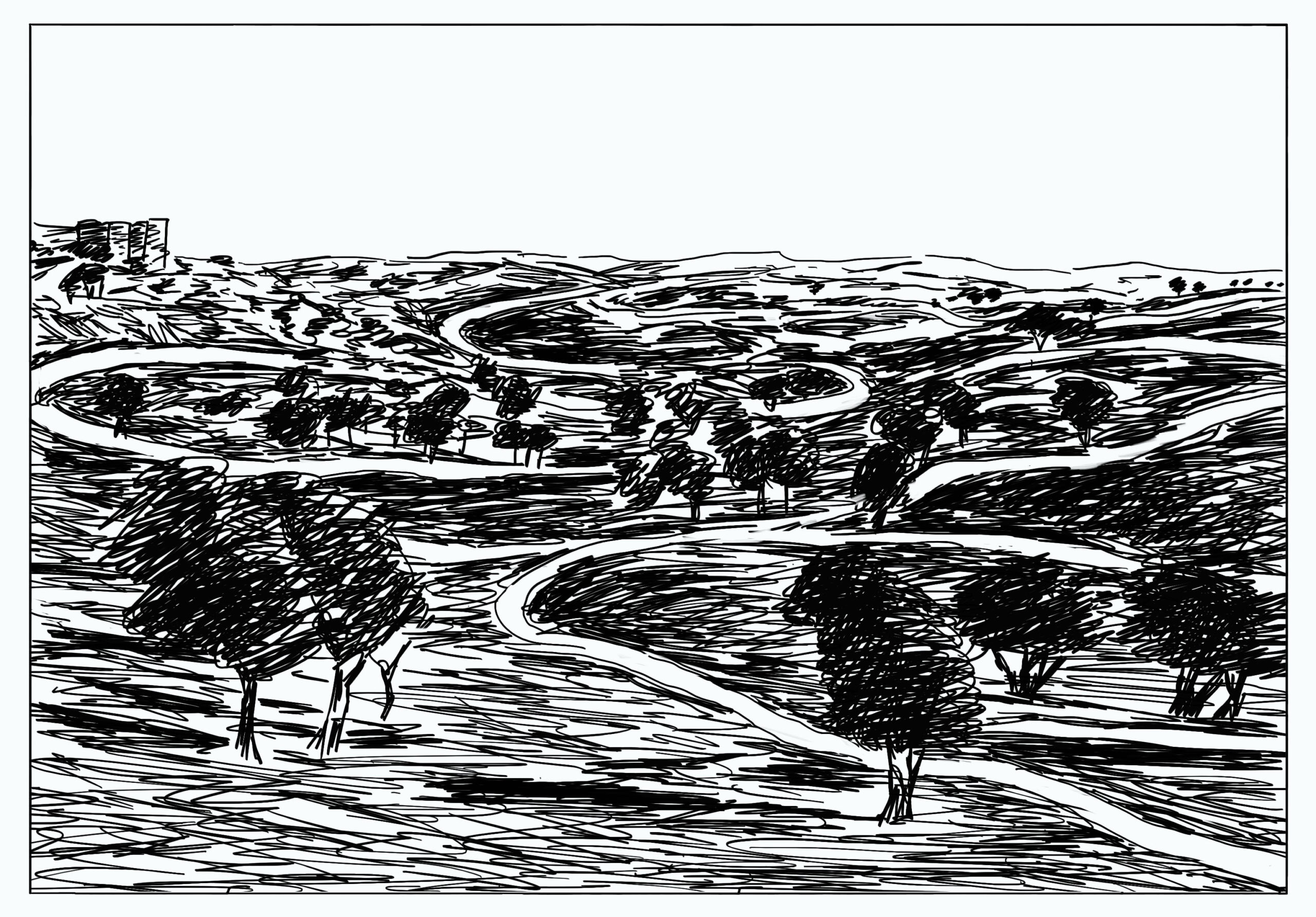Sala-Manca
Curator: Sala-Manca
29.09.15 - 29.09.15
Memoirs | 1
Bethlehem road was named after the old road connecting the city of Bethlehem and the Jaffa Gate in the old city of Jerusalem. In the end of the 19th century a new neighborhood was built alongside The Bethlehem road and the train tracks outside of the walls of the old city. The neighborhood was designated for a Muslim, Christian and Armenian population. It was named Baq’a. Towards the end of the Ottoman Empire the construction of 50 houses had been completed. Most of the construction work took place in the 1920s when prosperous Muslim families such as Al-Dajani, Hasan Karim, Zakariya, Nashashibu built their homes in the neighborhood. The majority of the houses were two storied, complete with stately entrances and large stylish balconies. The most common material used for construction was a red brown stone called “Mizzy Ahmar”. The wall on which this plaque hangs was preserved as part of conservation of built heritage. It embodies the building style that was used at that time.
A testimony of the character of the neighborhood can be found in the story of the young Armenian by thename of Hagop who was the apprentice of a Muslim shoemaker in the old city. Upon completing his studies he traveled to Beirut to learn new techniques and then returned to Jerusalem. He bought lands in the upper part of Baq’a and built his home there. Close to his house there was an Arab Orthodox club, where literary nights and cultural performances took place. Khalil Sakakini mentions that the club sometimes hosted Jewish professors of Arabic Language and Literature from the Hebrew University who participated in debates. A tennis court was also built in the neighborhood in 1947. In 1948 most of the neighborhood’s residents escaped and were not able to return. The neighborhood was then inhabited by the Jewish population that was evacuated from the old city, Olim (new Jewish immigrants) from Europe, from displaced persons camps as well as detention camps in Cyprus, and later on with Olim from Middle Eastern nations.
The neighborhood was renamed “Geulim”, but to this day it is known by its original name – Baq’a. The old houses were given to several families and had to be redistributed. Balconies were closed off and made into rooms and bathrooms were added. In the 1950s apartment buildings and public buildings were added. Over the years the market value of the houses went up significantly, and the neighborhood underwent a process of renewal, preservation and renovation. Israeli writer Batya Gur had written a Hebrew novel named after the street, “Murder in Bethlehem Road”. In the novel the body of the victim is found in a house on Bethlehem Road that is supposed to undergo renovation before being sold. Through the investigation of detective Michael Ohayon the tapestry of life in the neighborhood circa the year 2000 is revealed.
The project “Memoirs” was created as part of The Bethlehem festival in collaboration with the course “Art,Public space and Activism”, Bezalel Academy of Art and Design and the Mamuta Art Center.
[rev_slider betlechem]
No related events found.




